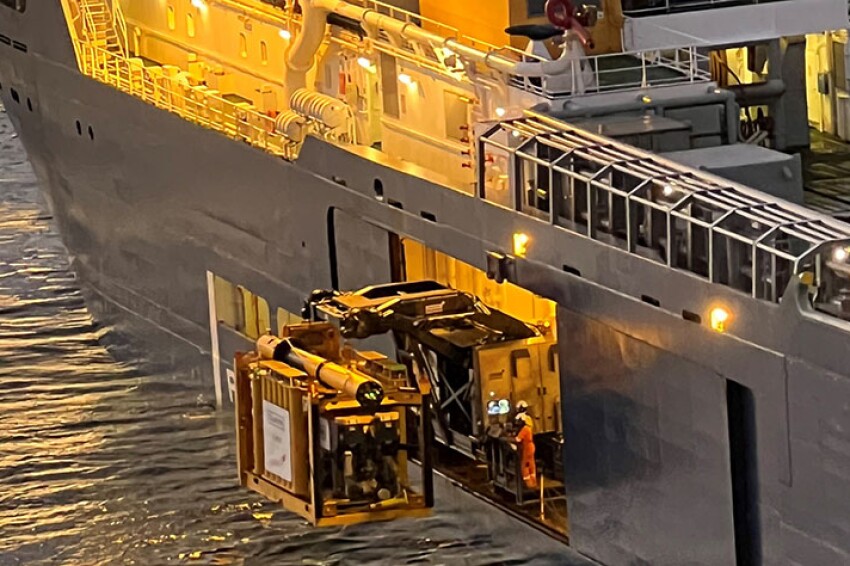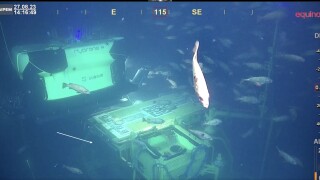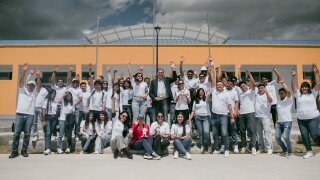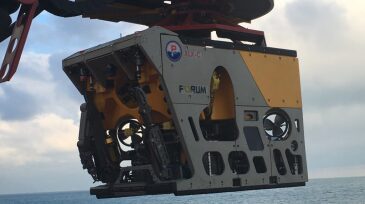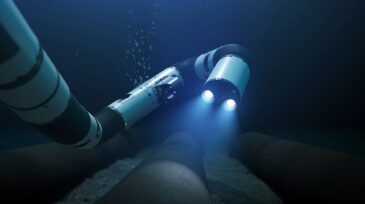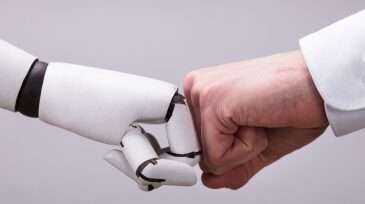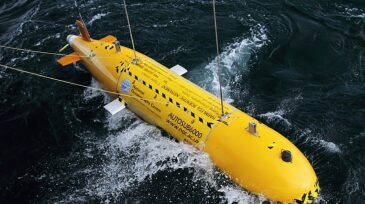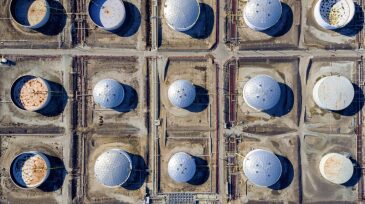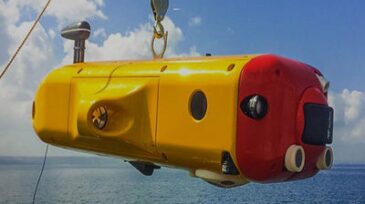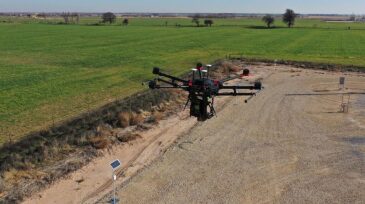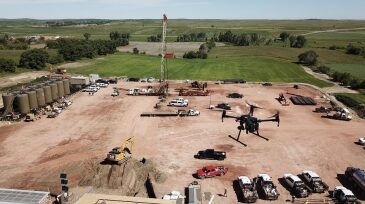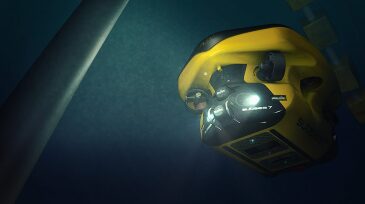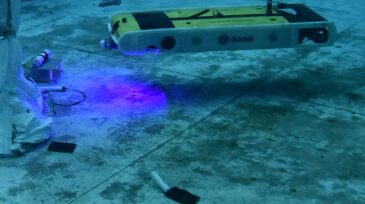Robotics/unmanned systems
With the right infrastructure and interoperability, subsea resident robotics could unlock more frequent, cost-effective inspections—and a new standard for offshore efficiency.
Emerging solutions could solve current subsea pain points, while a new taxonomy system could clarify the capabilities of the expanding domain of underwater vehicles.
The SPE Ecuador Section brought the excitement of robotics and energy education to life through an intensive 1-day Energy4me training, reaching 1,324 children from rural Quito.
-
Forum Subsea Technologies has secured orders from DOF Subsea to supply three of its Ultra Compact Perry XLX-C work-class remotely operated vehicles (ROVs). DOF Subsea will deploy the vehicles onto three of its ROV support vessels for recently awarded projects in Brazil.
-
Called Eelume, the underwater drone will perform subsea inspection, maintenance, and repair work.
-
Robots have been a part of industrial production for decades, but the interface between humans and robots has changed as automation technologies increased in complexity, scope, and scale. Once a novelty, collaborative robots are projected to become a significant element of the automation landscape.
-
Scientists at the National Oceanographic Centre have released a review of how marine robotic capabilities can support the environmental monitoring needed for decommissioning oil and gas installations.
-
The need to optimize tank turnaround schedules is as great as it has ever been within the midstream sector, but traditional human-based tank inspections often cut into uptime while introducing safety risks. New robotic applications aim to alleviate these issues.
-
Saipem is taking the lead in advancing the capabilities of FlatFish, an autonomous underwater vehicle being developed by Shell for commercial application by 2020.
-
Drones will be just one of the tools that the service company uses in its drive toward net-zero carbon emissions.
-
One of the more significant benefits of drones in the field to date has been their ability to improve safety in the field.
-
Subsea inspection/repair/maintenance services have traditionally relied on vessel-based, ROV, or diver operations. In the longer term, identifying significant incremental savings in these operations is not sustainable and an innovative approach deploying digital technologies is being investigated.
-
ROVs dominate the world of subsea inspections, maintenance, and repair, but as operators work in a post-downturn economy, autonomous systems have become more in demand. Autonomous inspections are possible today, but how can they help with light and heavy intervention?

